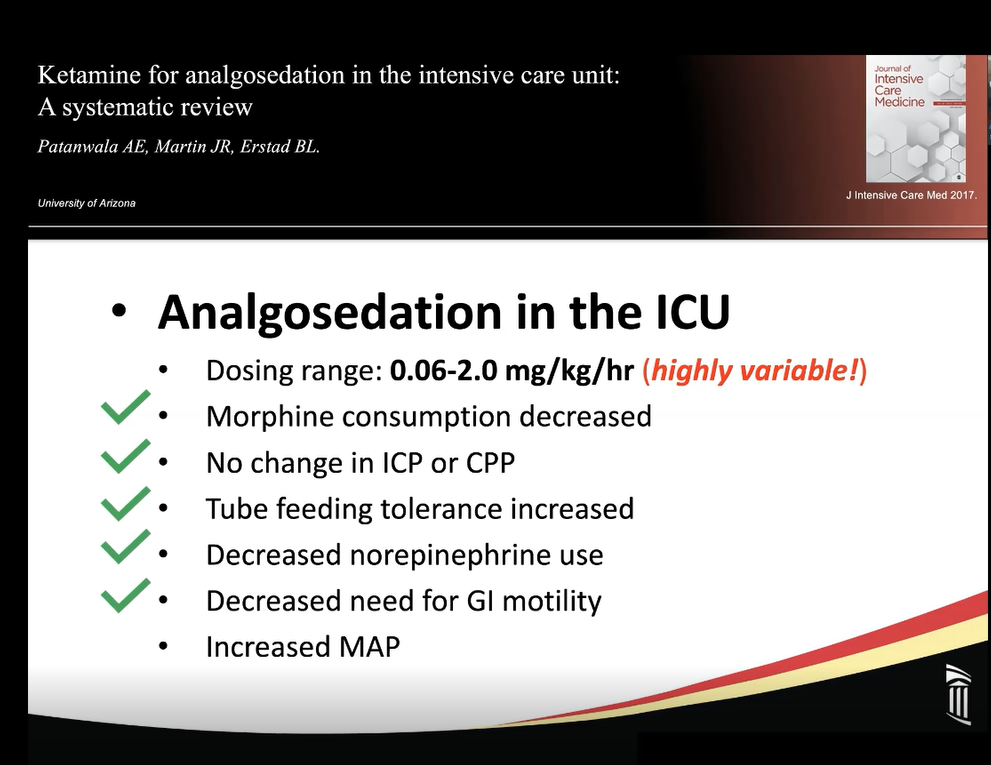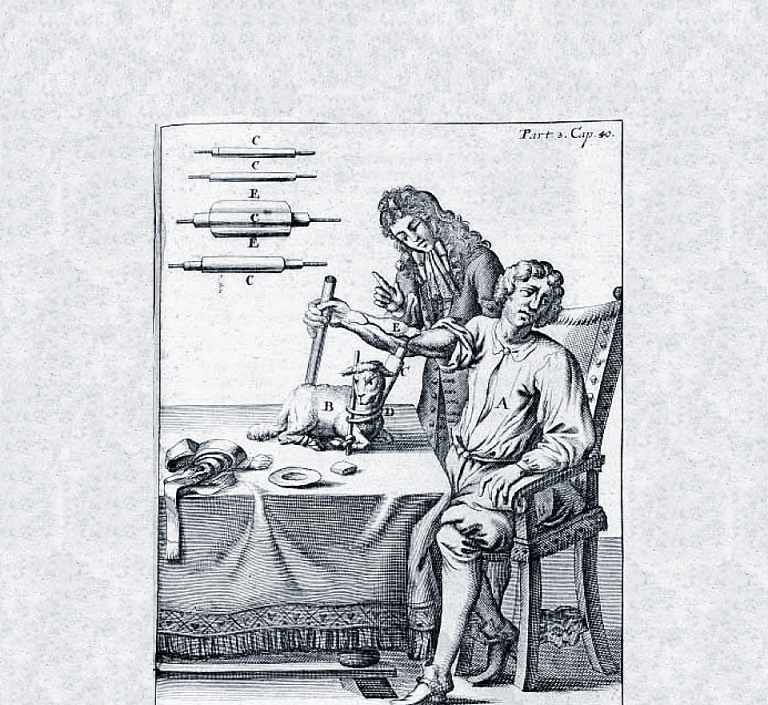It’s an unbelievable honor to have Dr. Sam Tisherman come and join our critical care faculty at the Shock Trauma Center and University of Maryland. Dr. Tisherman is a Professor of Surgery & Critical Care and heavily involved our fellowship education. He has won numerous education awards, and was inducted into the University of Pittsburgh School of Medicine’s Academy of Master Educators. He is well-known for his research in traumatic shock and cardiac arrest – and is responsible for the development of Emergency Preservation and Resuscitation (EPR).
A true intensivist interested in all things critical care, Dr. Tisherman came to discuss an incredibly important (and often overlooked) topic: Nutrition.
Podcast: Play in new window | Download
Subscribe: Apple Podcasts | RSS
Nutrition assessment
- Traditional nutrition markers such as albumin, prealbumin, and retinol-binding protein have a limited role in the ICU
- Inaccurate measurements are partly due to the fact that most of these are acute phase reactants!
Timing of Nutrition
- Start feeds within 24-48 hrs – nutrition decreases infection rates, length of stay, and possibly mortality.
- Beware feeding the patient too early. Shocked patients or those in the resuscitation phase can develop bowel ischemia with feeding.
- Feeding patients on low-dose pressors is probably ok.
- Early fascial closure and less fistula formation has been found in patients who receive early feeding with a traumatic open abdomen.
- Feeding early in pancreatitis is better for gut epithelium integrity and can reduce complication rates.
Caloric and Protein Goals
- Protein intake: 1-1.2 g/kg/d to keep nitrogen balance + for wound healing and immune system function.
- Caloric goals are 25-30 cal/kg/day
- Harris Benedict equation calculates energy expenditure based on age, gender, weight, and height, and takes into account stress factor.
- Indirect calorimetry measures carbon dioxide production directly
- No difference in mortality shown between under feeding and full feeding.
Feeding Obese Patients in the ICU
- Obese patients may require less calories per Kg, but higher protein intake per Kg.
- Calories: approximately 25cal/kg/d
- Protein: approxmiately1.5-2 g/kg/d
Location – Enteral vs parenteral
- Contraindications for enteral feeding: shock, GI obstruction, short gut, fistula, ileus.
- Jejunostomy compared to gastrostomy, has higher risk of obstruction and torsion.
- G tube indicated if its use us anticipated for more than 6 weeks.
- Diarrhea in patients receiving enteral feeding warrants meds review( abx, laxatives), investigation of fecal impaction, kwashiorkor.
Enteral Access
- Bowel sounds, flatus, and bowel movement are overrated parameters for post operative feeding.
- Consider post-pyloric feeding tube for vomiting despite pro-kinetic and high risk for aspiration.
- No difference between post-pyloric and gastric in vent associated conditions.
- In acute pancreatitis, early enteral feeding is recommended. Still debatable whether gastric or post-pyloric/ligament of Treitz is better.
Evidence about Residuals & Feeding
- Prone positioning does not increase residuals in one study but there is a higher risk of regurgitation.
- Multi-center trial in France showed no difference in VAP upon not checking residuals. (Reignier et al., 2013)
Parenteral Feeding
- TPN is indicated for anticipated NPO more than a week, Malnourished with expected GI tract surgery , and when enteral feeding is not feasible.
- Cons of TPN: Central venous access, fatty liver, cholestasis, cholelithiasis, gut villous atrophy.
- No difference found between early vs. late TPN.
- High protein nutrition did not improve outcomes.
- High omega-3 nutrition did not improve survival, ventilation duration.
Worth Noting…
- Estimated protein loss with CRRT is 10-15 gm a day.
- In liver failure malnutrition worsen ascites.
- Liver failure specific nutrition with aromatic amino acids may be indicated for refractory encephalopathy.
- MUST READ: STC Clinical Nutrition Review
- Van zanten AR, Sztark F, Kaisers UX, et al. High-protein enteral nutrition enriched with immune-modulating nutrients vs standard high-protein enteral nutrition and nosocomial infections in the ICU: a randomized clinical trial. JAMA. 2014;312(5):514-24. [PubMed Link]
- Reignier J, Mercier E, Le gouge A, et al. Effect of not monitoring residual gastric volume on risk of ventilator-associated pneumonia in adults receiving mechanical ventilation and early enteral feeding: a randomized controlled trial. JAMA. 2013;309(3):249-56. [PubMed Link]
- Mcclave SA, Martindale RG, Rice TW, Heyland DK. Feeding the critically ill patient. Crit Care Med. 2014;42(12):2600-10. [PubMed Link]



